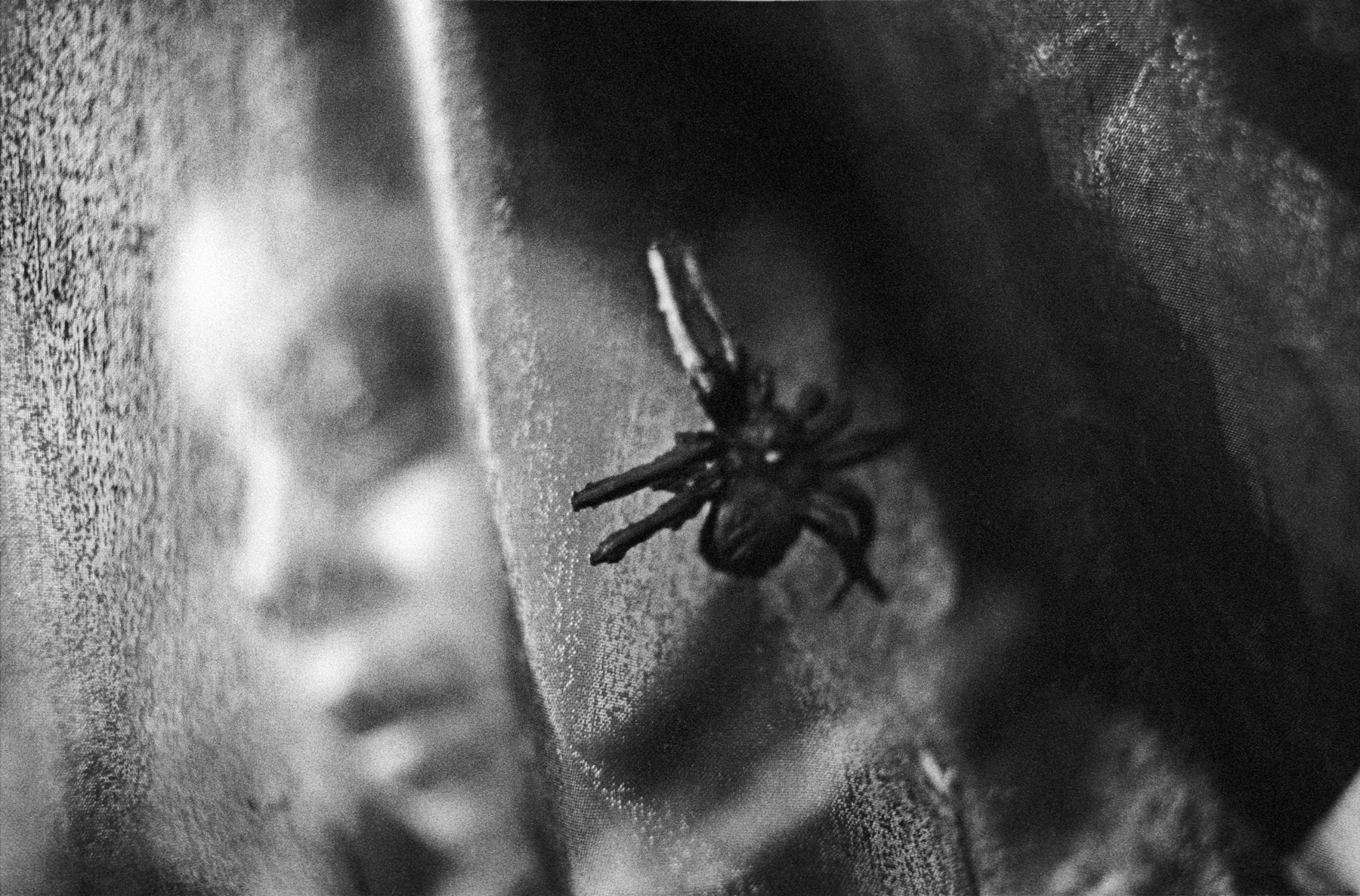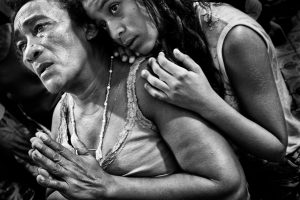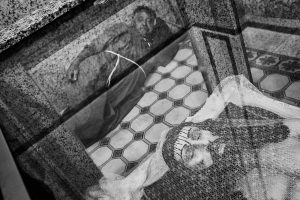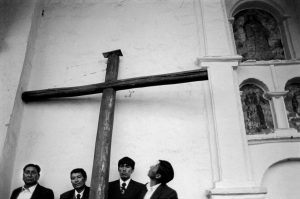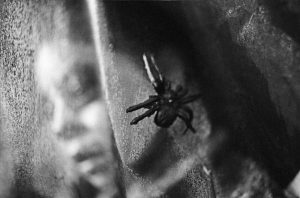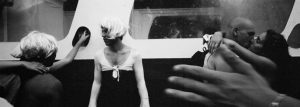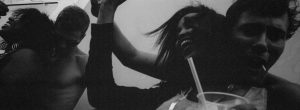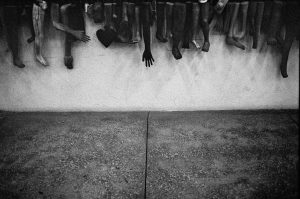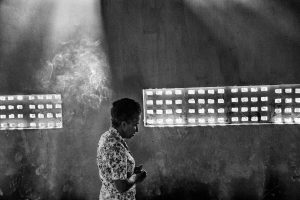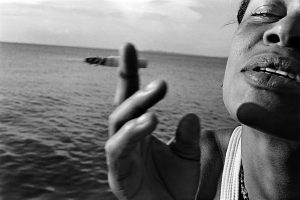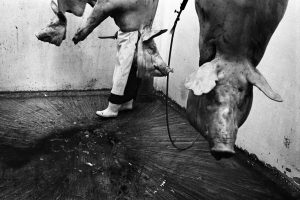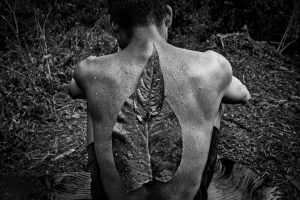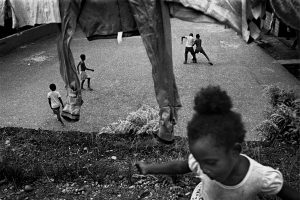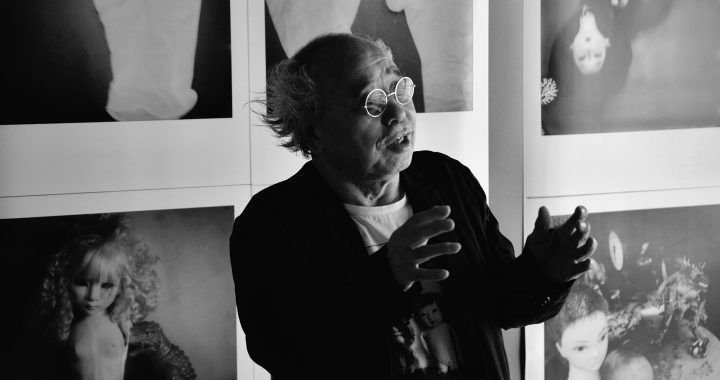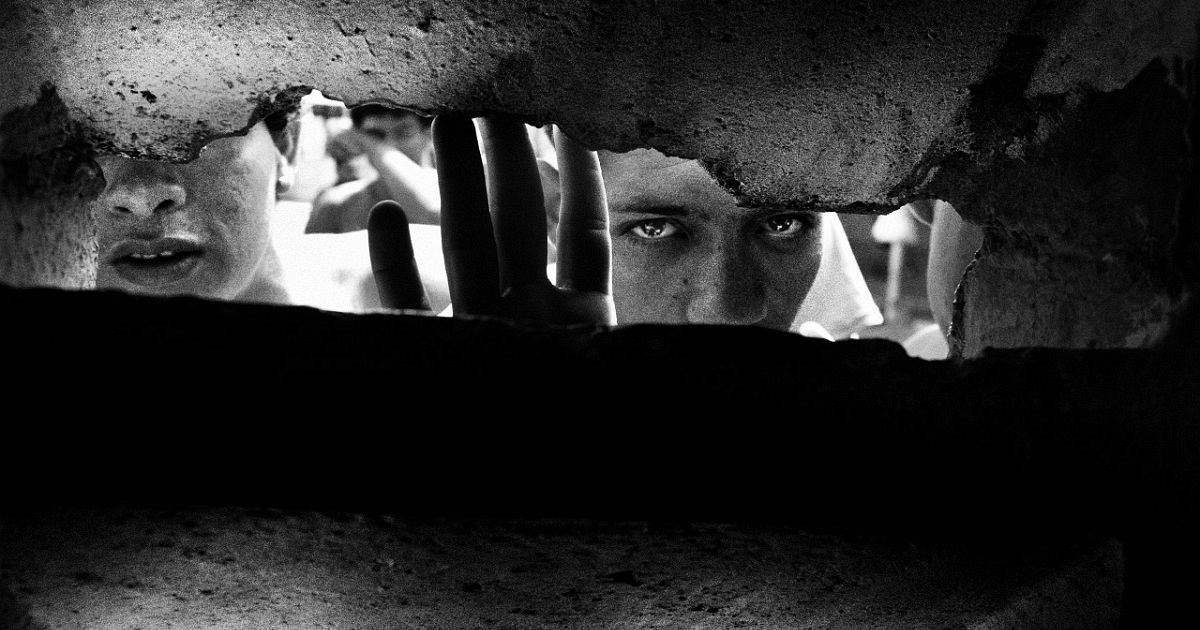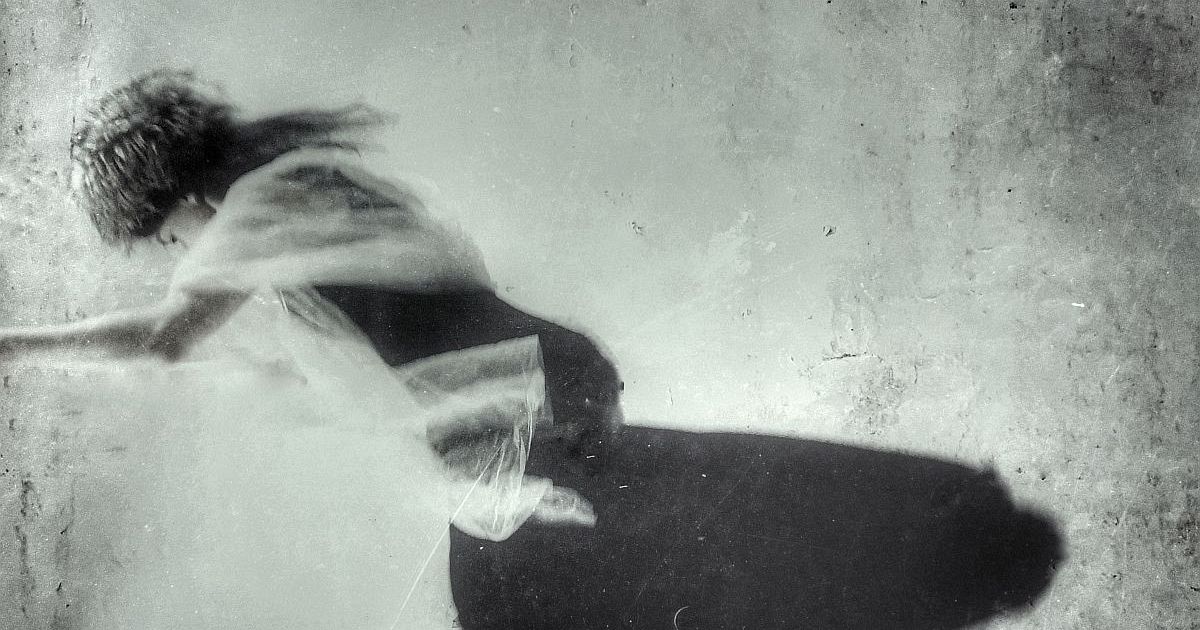Giorgio Negro it is one of the authors who do not try to point out a specific saturation of photography but keeps photographed for a long time everything that will attract him in the given environment and does not consist of individual photos of the book.
How does the work and mentorship of Ernesto Bazan influenced your photographic journey?
Meeting with Ernesto and having him as a teacher, or mentor if you prefer, at the beginning of my photographic journey, was key to my personal development. I got in touch with him by chance, actually I did not know his work. But in 2005, I wanted to finally begin learning street/documentary potography and therefore I started looking in internet for workshops in Cuba and Latin America. I sort of „stumbled“ on Ernesto’s proposals. I contacted him, attended several workshops and my approach to photography dramatically changed. Until then, I had been just taking very touristic pictures during my holidays. Ernesto taught me to love B&W photography and, most importantly, to go beyond the surface or appearance of things when taking a photograph. It was a radical turn in my life, not only photographywise. But I must say I had another great master who taught me a lot about life and photography: Dario De Dominicis, an italian photographer from whom I learned a slightly different approach, especially with regard to how to insert several elements in an image, with a wider angle of view. From him, I also learned to look at the world of photography through a more ironic and disanchanted eye.
How do you edit and sequence your stories and what selection criteria do you have?
So far I haven’t really worked on stories, with the exception of 2 projects: „San Francesco in Canindé“ and „Ashaninkas“. But the idea behind both was not really to tell a story, so I cannot speak about sequencing, since I have no big experience in that domain. As for the editing, that’s different. The book I am about to publish is not a story in the literal sense of the word, but the effort to edit its images has been huge. This because I wanted to create an impact, to awaken a feeling in the reader with every single image while at the same time keeping everything homogeneous and part of a general discourse. Therefore, the first criteria has been to choose the images with the strongest emotional impact (and technically good, of course) and which are able to transmit something special, hidden, which lies beneath the surface of the image. It can be a portrait, a street scene, an animal, a still life, it doesn’t matter. From all the images whith this strenght, I then eliminated those that repeated a theme, or had a similar composition.
How do you understand the meaning and mission of documentaty photography as such?
I do not consider myself as a documentary photographer: in fact, I photograph what I like without the objective of documenting a specific matter. I am a sort of random/anarchic photographer. Then the result can be considered in some way documentary, but I do not start with that in mind. That being said, I think that documentary photography plays an important role on an historic level, which is what photography was born for in the first place: making eternal for tomorrow something that happens today (and passes). But it is also important as vector to transmit information and feelings. Unfortunately, I find that, in today’s documentary photography, the formalism of the images and the desire to be recognized (ambition should I call it) have often the upper hand.
How do you feel about the current status of documentary photography in the world?
I am not a specialist, I do not follow all the photographers of the world: they are too many !! What I can say is that our world is nowadays inflationed by images. Only a part of those millions images produced every day and exchanged over all kind of digital media can be considered „documentary photography“. They therefore end up diluted whithin the mass. Documentary photography must be looked up to with enough time to reflect about the theme it brings forward. Do we have that time? Is not our mind already overwhelmed by many other trivial images that take away importance from what is really meaningful?
What does the social aspect in documentary photography mean to you?
That is a good question, since I do not consider myself a documentary photographer. But still, my photography, just like everybody’s photography, is a document. If I look at the images of my book, which was entirely shot in Latin America, or at the panoramic shots of my current project on Switzerland, I cannot deny that, although there was not a clear intent of documenting „something“, the result is documentary (sorry for the repetitions). In my case, the social aspect is very important. Randomly shooting the everyday life (be it in Peru or in Switzerland) brings out what people are, how they live, their joy and sadness, success and tragedy. This is the social aspect. Very simple things that one can photograph everywhere. The secret is to have an emotional connection with what one shoots. Because in photography you have the subject and the photographer, but also the observer who will look at the image. The observer must also feel empathy with the image, but this will be impossible if the image itself was not created with empathy by the photographer.
Do you know other photographers in Switzerland, whose work and approach you like?
I have been abroad for the last 23 years, so I am not at all connected to the swiss photographic world. I just know two friends of mine who are excellent amateur photographer and who have their own projects: Romain Fournier (on the Bahia region in Brazil) and Oliver Stegmann (on swiss circuses).
Have you heard of Swiss documentary photographer Iren Stehli and her project Libuna?
Yes, I have heard of her, but I do not know her projects in depth.
How do you select your subjects and photographic projects?
By the feeling. As I already told, I do not usually have a clear objective, I photograph what I like, simple as that. For instance, in my latest trips to Latin America, working on my book project, I slowly got fascinated by the chaos of Maxico City. It was unintended, but I sort of fell in love and it will likely become a project, although I have no idea of how to structure it.
Do you believe in long term photographic approach in todays fast world we live in?
Yes, absolutely, I hate today’s „run and gun“ approach in photography.
Do you have any new projects or ideas for the upcoming years?
First of all, I have to publish my book, that will be in April/May. It is a book entirely shot in Latin America, B&W, mostly on film with a few digital images. It is about my personal experience vis-à-vis the latin culture, a rather intimate book. Then I will continue my project on Switzerland life, with a panoramic camera, B&W film. I tis not structured, very random shooting. It will last at least 5 years, maybe longer. Mexico City and its chaos and ambiguities could be another possibility. And then a long roundtrip through Italy: it is my country of origin, it is my real cultural self, but I do not really know it, so I feel I have to go and discover it through photography.
Giorgio Negro (*1959) was born in Turin , Italy, to an italian father and a swiss mother. He spends his childhood and adolescence years in the peaceful environment of the italian province. In 1986, he gets a degree in Electronic Engeneering and then moves to Switzerland, where he starts working for a small electronics firm. In the 1995 he quits his profession forever and gets a job as a Delegate for the International Commitee of the Red Cross. He then begins a series of missions which will take him around the world, working in many armed conflicts and wars: Chechnya, Peru, Colombia, Irak, Israel, Sudan, Chad, Libya among others. In 2005, Giorgio meets Ernesto Bazan, the italian maestro who will make him discover the street photography and who will become his friend and mentor. In 2017 he quits once again his job, to fully dedicate himself to photography and family. In 2007, the French magazine “Réponses Photo” publishes 10 images from the first phase of his project on Latin America, currently still underway and which will be published as a book in 2019. In 2016 and 2018 he is among the winners of the Latin America Fotografia Awards. In 2018 he also is among the winners of the Lens Culture Emerging Talents Awards, the finalists of the Miami Street Photography Award and then receives the 4th place at the PND Photojournalism in B&W Award. He just finished working on a project on religion in Brazil, together with the Italian photographer Dario De Dominicis: this body of work has been exposed in 2018 in Rome and Rio de Janeiro, and will be part of a documentary film directed by Margarita Hernandez. He is currently photographing the everyday life in Switzerland with a panoramic camera.
All photographs © Giorgio Negro.
